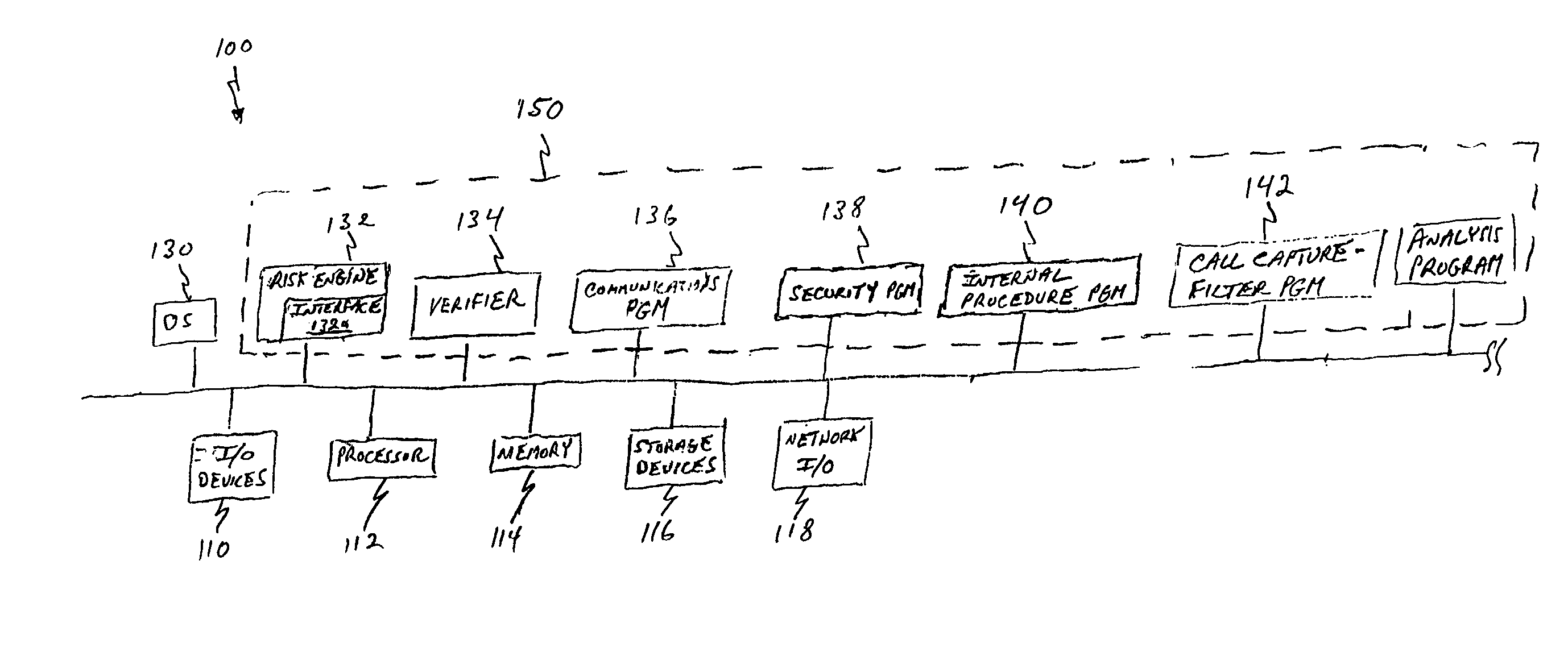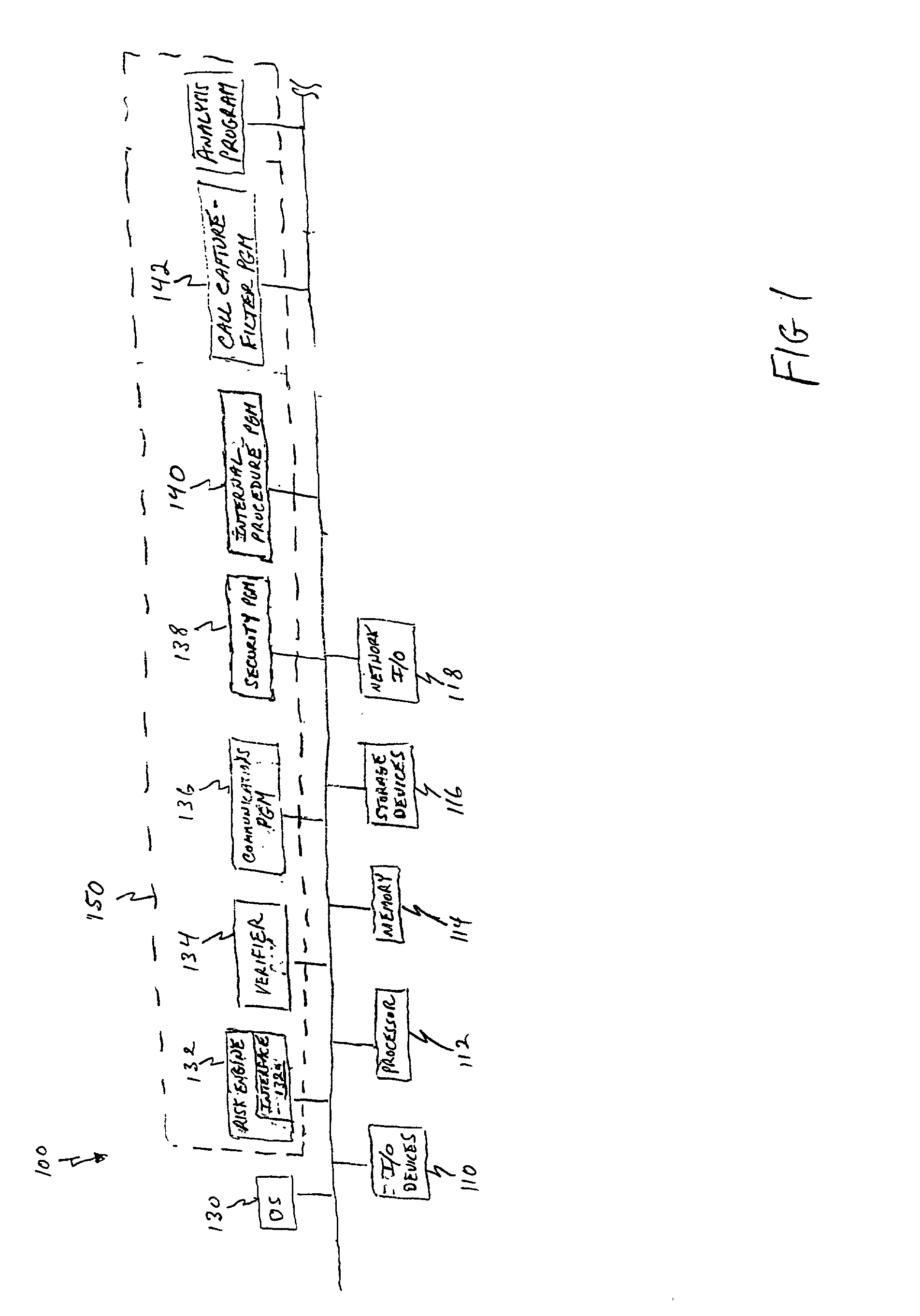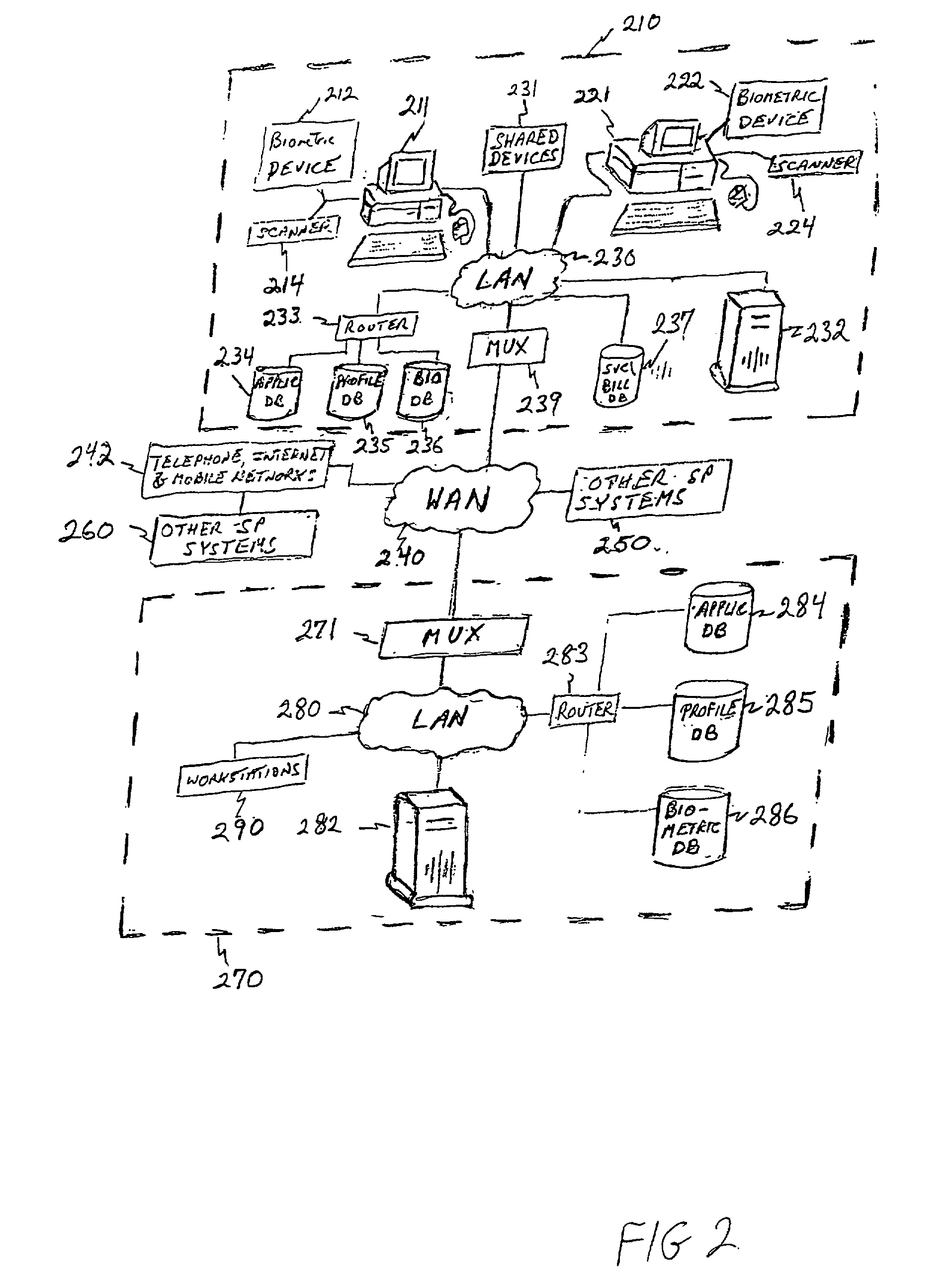System and method for detecting high credit risk customers
a high credit risk and customer technology, applied in the field of system and method for detecting high credit risk customers, can solve the problems of system failure to identify those credit risks, methods fail to flag (or "warn") a service provider of questionable activities after service activation, and none of the conventional system alternatives have been wholly successful in identifying potential credit risks in general
- Summary
- Abstract
- Description
- Claims
- Application Information
AI Technical Summary
Benefits of technology
Problems solved by technology
Method used
Image
Examples
Embodiment Construction
[0037] For clarity sake, the embodiment discussed herein will be directed primarily toward a high credit risk detection system for service providers providing services rather than products. More specifically, the discussion will focus on a system that allows cellular telephone system service providers to detect potential credit risks either before or while extending credit to customers.
[0038] It will, however, become apparent to those skilled in the art, in view of the discussion herein, that the invention is applicable to many other fields in which credit risk detection is warranted, and with regard to providers of both products and services. It will further be understood that the present invention is also applicable to such detection where funds are transferred on a transaction-by-transaction basis, among other applications.
[0039] As is generally illustrated in FIG. 1, a preferred system 100 for detecting high credit risk customers according to the invention preferably comprises a...
PUM
 Login to View More
Login to View More Abstract
Description
Claims
Application Information
 Login to View More
Login to View More - R&D
- Intellectual Property
- Life Sciences
- Materials
- Tech Scout
- Unparalleled Data Quality
- Higher Quality Content
- 60% Fewer Hallucinations
Browse by: Latest US Patents, China's latest patents, Technical Efficacy Thesaurus, Application Domain, Technology Topic, Popular Technical Reports.
© 2025 PatSnap. All rights reserved.Legal|Privacy policy|Modern Slavery Act Transparency Statement|Sitemap|About US| Contact US: help@patsnap.com



